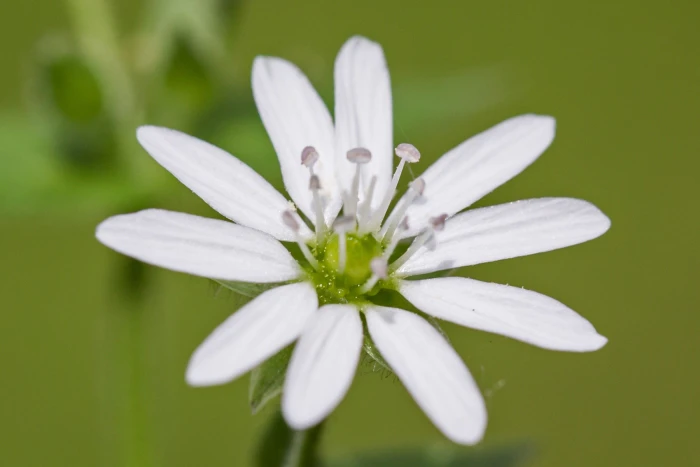Water Chickweed
(Stellaria aquatica)
Water Chickweed (Stellaria aquatica)
/
/

Bill Keim
CC BY 4.0
Image By:
Bill Keim
Recorded By:
Copyright:
CC BY 4.0
Copyright Notice:
Photo by: Bill Keim | License Type: CC BY 4.0 | License URL: http://creativecommons.org/licenses/by/4.0/ | Rights Holder: Bill Keim | Publisher: iNaturalist | Date Created: 2020-06-15T10:48:16-07:00 |

























Estimated Native Range
Climate Requirements for Nishinomiya-hama, Japan
| This Plant | Your Site | Plant Suitability for Your Location | ||
|---|---|---|---|---|
| • Precipitation | 7" - 167" | 53" | Aquatic | Aquatic |
| • High Temp. | 48°F - 104°F | 91°F | Your summer temperatures are normal for this plant. | Excellent |
| • Low Temp. | -26°F - 64°F | 34°F | Your winter temperatures are normal for this plant | Excellent |
This plant should grow well at your location with about N inches per year (Y minutes per month) of irrigation.
Summary
Stellaria aquatica, commonly known as Water Chickweed, is a perennial herb that thrives in wet habitats such as stream banks, ditches, and moist meadows in temperate regions of Eurasia. It is semi-deciduous, depending on the climate, and typically grows to a height of 20-70 cm (8-28 inches). Water Chickweed has a sprawling habit with weak stems that often root at the nodes. It produces small, white, five-petaled flowers from late spring to early autumn, which are mildly showy and attract pollinators.
Water Chickweed is valued for its ability to grow in damp conditions where other plants might struggle. It can be used in water gardens, as a ground cover in wet areas, or for naturalizing in riparian zones. It prefers partial shade but can tolerate full sun if kept moist. It requires consistently wet soil and does not tolerate drought well. While not commonly used in cultivation, it can be an interesting addition to a native plant garden or for erosion control in suitable wet habitats. Care should be taken as it can spread vigorously by seed and vegetative means, potentially outcompeting other plants. It is potentially invasive outside its native range, and gardeners should consult local regulations before planting.CC BY-SA 4.0
Water Chickweed is valued for its ability to grow in damp conditions where other plants might struggle. It can be used in water gardens, as a ground cover in wet areas, or for naturalizing in riparian zones. It prefers partial shade but can tolerate full sun if kept moist. It requires consistently wet soil and does not tolerate drought well. While not commonly used in cultivation, it can be an interesting addition to a native plant garden or for erosion control in suitable wet habitats. Care should be taken as it can spread vigorously by seed and vegetative means, potentially outcompeting other plants. It is potentially invasive outside its native range, and gardeners should consult local regulations before planting.CC BY-SA 4.0
Plant Description
- Plant Type:
- Height: 1.5-3 feet
- Width: 1-2 feet
- Growth Rate: Moderate
- Flower Color: White
- Flowering Season: Spring, Summer
- Leaf Retention: Evergreen
Growth Requirements
- Sun: Full Sun, Part Shade
- Water: Aquatic
- Drainage: Medium, Slow
Common Uses
Border Plant, Low Maintenance, Water Garden
Natural Habitat
Stream banks, ditches, and moist meadows in temperate regions of Eurasia
Other Names
Common Names: Greater Stitchwort , Water Starwort , Wasser-Sternmiere , Wasserdarm , Water Chickweed
Scientific Names: Stellaria aquatica , ? glabra , Alsine aquatica , Alsine uliginosa , Cerastium aquaticum , Cerastium aquaticum , Cerastium aquaticum var. scandens , Cerastium deflexum , Cerastium deflexum , Cerastium maximum
GBIF Accepted Name: Stellaria aquatica